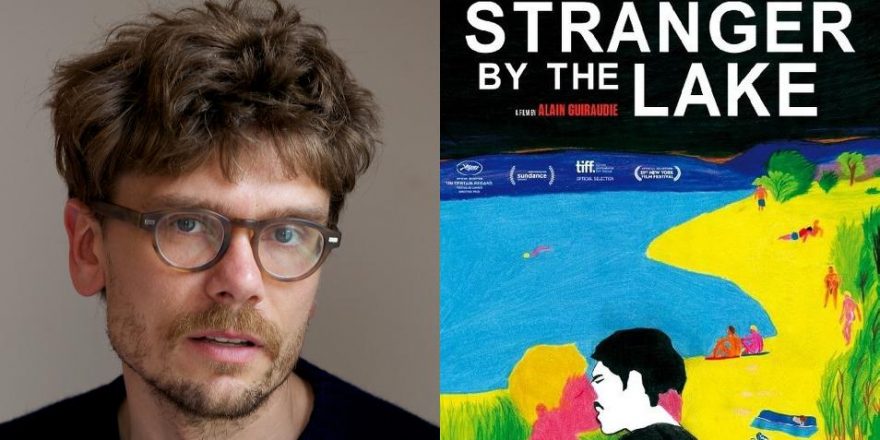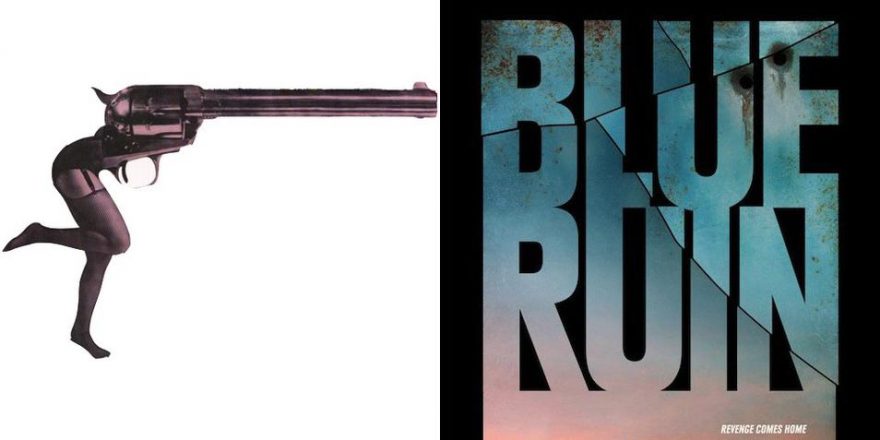Over the first two weeks of January, Talkhouse Film is running the “What We Missed” series, comprising pieces on notable movies from 2014 which were not previously covered, (almost) all of which were released prior to the launch of this site. — N.D.
In the past decade, we’ve experienced considerable advances in gay rights around the world, with a lot of rallying around marriage. While many places felt continued pushback from oppressive regimes — as in Russia and Uganda — the lion’s share of Western countries gathered all the oxygen in the room to push forward a gay marriage agenda. The once radical, politicized and sexualized images of gay life were exchanged for images of stable partners with Restoration Hardware purchasing-power. We bent toward a largely suburban and heteronormative ideal because we were tired of fighting, dying and being invisible to the straight world around us. You can’t blame us for wanting a break.
Although it’s not for me, I support gay marriage because I’m for everyone’s right to be happy and miserable in equal measure. What bothers me is what we tacitly agreed to in exchange for greater equality; we used to be “dangerous,” but now we’re mostly early-adopter consumers.
By the millennium, queer cinema (and TV) largely followed a similar trend, with neutered depictions of gay life, innocuous portraits of affable neighbors, uncles, sons and good buddies. The days when gays and lesbians were depicted as predatory monsters seemed like a thing of the past. In a miraculous turnaround, we became beacons of de-sexed respectability.
An unapologetic rebuttal is Alain Guiraudie’s Stranger by the Lake, a film that notably won Cannes’ Queer Palm just days after gay marriage became legal in France. Both a critical and audience darling, Stranger is a chilling genre film that’s been aptly described as Hitchcockian. It’s also gay to the core and brazenly chock-full of sex that’s essential to the plot. As a filmmaker who’s explored the narrative possibilities of sex, I found it quietly revolutionary to see cum-shots that felt plot-driven. I’m mostly serious. And given the complete absence of women or many clothes, in this film there’s really no way to explain the gay away.
The story exists as if out of time and place, unfolding in a single location — a cruising zone around a lake somewhere in rural France. Like a microcosm of gay life, a set of unspoken rules guides the men as they sun, swim and cruise on the rocky beaches and wooded pathways around the lake. You get the feeling, which is underscored by the single location, that generations of men have anonymously gathered here in search of companionship and sex. Ancient Greece, Central Park or this remote lake, the stage and the coded communication are almost interchangeable and ahistorical. Guiraudie reminds us that outside the long shadow of marriage, another gay life persists.
But then comes a gay-on-gay murder to disrupt this delicate ecosystem, provoking a re-examination of what the rules really are, and who’s making them. The status quo has been agitated. Guiraudie too, it seems, is poking fun at the status quo by challenging some unspoken rules of gay representation while keeping sex front and center.
Firstly, we have a villainous sexpot with an au courant mustache and a naturally toned body straight out of a 1970s COLT magazine spread. Not since Basic Instinct (1992), a film that, notoriously, was boycotted for its negative representation, have we seen such a sultry and dangerous gay (or bisexual) killer.
By the ’90s, after decades of gays being depicted as trolling pedophiles or victims of our own carnal desires, it became politically incorrect to define us so narrowly. Many of these historical depictions came from (presumably) straight (and male) directors whose intentions, perhaps unsurprisingly, were dubious. Groups like GLAAD were formed to lobby and police the media in matters of negative gay representation. In the two decades since Basic Instinct’s release, they’ve helped in convincing America that gay people are just like them. In most ways it’s true, and a triumph. Their efforts were so successful, however, that The Atlantic recently ran a self-explanatory piece entitled “How GLAAD Won the Culture War and Lost Its Reason to Exist.”
With a few exceptions, I think this cultural shift also unwittingly succeeded in self-censoring a generation of gay filmmakers by putting respectability (and marriage) on the front burner. The experimentally constructed, politically charged and all-out provocative filmmakers of the New Queer Cinema abandoned the screen for the page, taking a permanent seat in academia.
Guiraudie embodies the spirit of New Queer Cinema not by imitating it, but by working with his own set of rules, not the least of which is making said stranger by the lake a cold-blooded killer. Ironically, that this character even exists reflects a leap forward in civil rights, principally because Stranger isn’t confused as a coded treatise on the depravity of gay life. Unlike say, Cruising (1980), which suggests that its killer’s homosexuality is the motivation behind his “you made me do this” rampage, Stranger avoids such easy answers. We never get the sense that the killer’s sexuality incited him to violence, and there’s little in the way of moralizing. Instead, Guiraudie teases at the nuanced tension between a coded world that’s existed for millennia — the cruising zone — and the inherent risk involved in putting your trust (and your life) in a stranger’s hands.
New Queer Cinema was born at a cultural and political intersection that can’t be recreated. It’s possible, however, to harness that spirit, as Guiraudie has done here. Now that the battle for marriage has largely been won, Stranger makes a compelling case for reclaiming some of what was eclipsed in the process. It’s as if to say, we can safely be dangerous once again.






